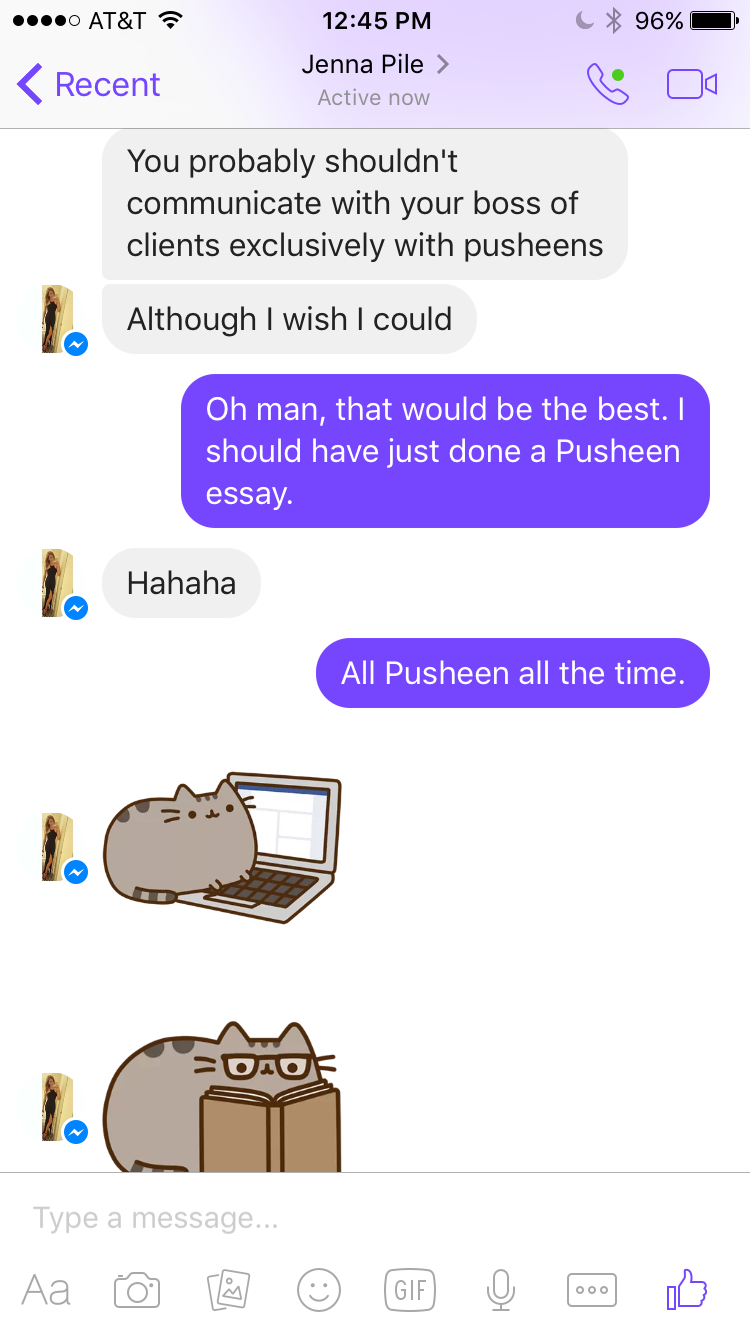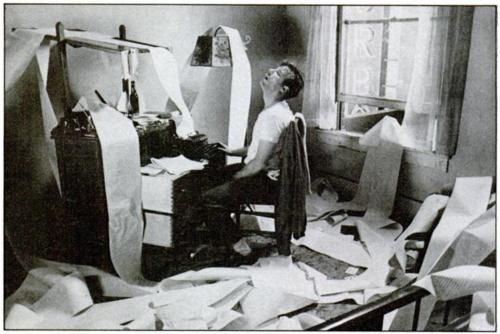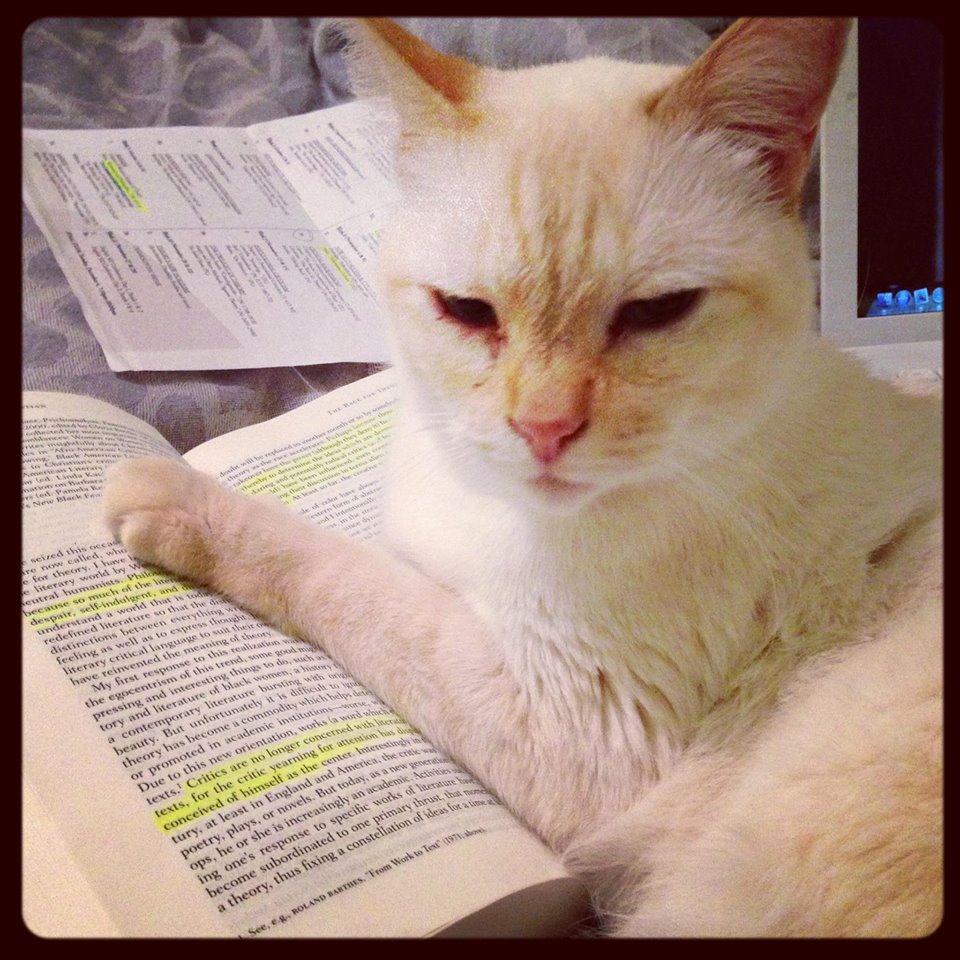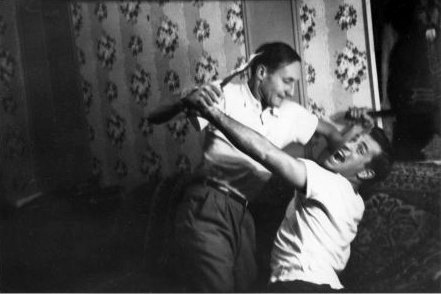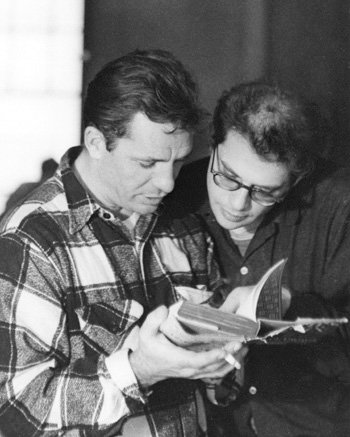As a child, I enjoyed writing creatively from as long as I can remember. I mostly wrote to get stupid romance fan-fiction type stories out of my mind, but it helped give me something to entertain myself. As I went through school, my passion for writing continued into the academic realm, especially in eighth grade when I had a particularly eccentric and supportive English teacher. The things she taught me helped through most of my high school career until I got to AP English classes, especially my twelfth grade AP Literature course. Those higher English classes were where I learned the “Schaffer method” as referenced in Mark Wiley’s article, “The Popularity of Formulaic Writing (And Why We Need to Resist)” (62) as a tool to help pass the AP test (which I did in all my four AP classes, by the way.) Though Wiley argues against “formulaic writing,” I feel both the method and the way my teachers taught it has helped me get to where I am now by creating a strong structure for my academic writing. Further, I don’t believe this took away my creativity or individual thoughts.
Firstly, Wiley suggests that the “Schaffer method” comes from lazy teachers trying to teach their students with some kind of miracle cure for writing; however, the teachers who taught me the method were (and still are) supportive, creative, and active in their teaching. Wiley worries in the beginning of his essay “that too many teachers are looking for quick fixes for students’ writing problems… [T]oo many of these teachers are poorly prepared to teach writing. Those few new teachers who are prepared are eventually defeated by less than desirable conditions” (61). In this, Wiley puts the error on the teachers’ hands because they do not have the resources (or skills) to teach a horde of students. Admittedly, my high school was the only one in our over 50,000 people city, but my teachers did not treat us like wanting, demanding masses; rather, they focused on improving our success for the AP test and other academic writings to prepare us for college. Further, Wiley insists the “exclusive focus on format does not encourage teachers to help students explore a literary work and come up with alternative interpretations, even contradictory ones, that engage readers in both an intellectual and emotional struggle to construct meaning from their various readings” (64). My AP Lit teacher actually taught my peers and I how to close-read quotes and use them to their fullest potential. Many students had different interpretations, and he appreciated them all – he pushed us to explore our ideas with the quotes we used as our “Concrete Detail[s]” (62). Wiley’s assertions about the Schaffer method-using teachers puts them into a boring box he suggests the formulaic structure is and makes them nameless, faceless characters to tear down.
With this, Wiley assumes that if students are taught to worry about formula and not content, they cannot rise above the formula to make their own ideas. As he states, “[f]ormulaic writing… forces premature closure on complicated interpretive issues and stifles ongoing exploration. In attempting to take the mystery away from writing and make it more accessible, the formulaic approach winds up hindering students from exploring their ideas, reactions, and interpretations–the rich chaotic mess from which true insight and thoughtfulness can emerge” (64). Although having only two sentences for interpretation offers little time to explain ideas, it does teach concision in writing, which helps in the future with longer essays that get bogged down with repetitive ideas and syntax. Furthermore, using the word “true” for “true insight and thoughtfulness” puts a strict value on student writing: if students are not branching out from a structured formula, their thoughts are not “true”; they are fabricated, in Wiley’s mind. He furthers his disparaging connotations of formulaic student writers by saying, “real writers must decide what they will compose based on their intentions, who will read their texts, and what effects they want their texts to have on these real and projected readers” (64). Here he uses the words “real writers” as a way to differentiate these unskilled, formula-utilizing writers as lesser from those who create their own structures. Yet, choosing the strongest details for evidence and setting them up for a cohesive, understandable argument does take skill beyond just filling in the blanks; it prompts the seemingly “fake writers” to plan out a strong, concise paper with meaningful quotes and analysis. Wiley believes Schaffer’s method cannot possibly be the building blocks to more complex writing because it constricts the writer so much that she is not even a “real writer” anymore.
Building on that, Wiley’s ideas that focusing on structure mixed with concrete evidence and commentary makes content “a kind of afterthought” (emphasis original, 64) without any concrete evidence of his own makes his argument sound like an op-ed rather than an informed study against a writing technique he disagrees with. One of the (scant) examples Wiley shows “[s]everal high school teachers whom [he has] spoken with” who liked the approach mixed with a teacher who didn’t, but he only directly quotes the dissenting teacher: “‘Yes, Schaffer’s approach does remove the mystery for students about what their teachers expect in their essays.’ Unfortunately, she observed the method also removes the need for these students to judge for themselves how to shape their essays” (63). By not quoting the “several high school teachers” who liked the method, he does not give their words agency because he disagrees with them. Instead, he focuses on the teacher he does agree with because she wants essays to be more than “what’s easy for teachers and not necessarily what’s best for students” (63). He continues this with sweeping statements like “[t]hese students [who do not use formulaic writing and were encouraged to explore] enjoy a decisive advantage over struggling writers who are not accustomed to offering interpretations and opinions about what they read and who have no confidence that their views will be considered seriously by their teachers” (66). Here he differentiates “advantaged students” from “struggling writers” without any concrete evidence – such as statistics or studies – showing this strict difference in writing students. He references Judith Langer’s study about formula-utilizing teachers being unable to “escap[e] familiar pedagogical routines” even when trying to be adventurous, but does not use further evidence to back up the rest of his claims – such as studies showing how not using a formula helps students be more “advantaged.” This does not mean that freer students do not write better than those constrained by a formula, but it also does not provide facts to back up Wiley’s strong assertions.
Obviously, I believe formulaic writing can be helpful to burgeoning writers based on my own experience. However, I understand that if teachers focus more on the structure and not content (or force-feed ideas for the students to use), they put their students at a disadvantage. Yet, I believe it puts little faith in both the teachers and students to say the formula cannot be utilized while also encouraging exploration and even improvement of the formula itself. The point of the formula, in my opinion, is to back up arguments with strong evidence as well as adequate analysis of said evidence. Two sentences may not be enough to explain such evidence, but it does set the precedent that there needs to be both evidence and analysis, not just a hit-and-run of quotes or no evidence at all. My teachers taught me that if my argument is structured well so it flows and the analysis makes sense, I can experiment with the “formula” however I want. I find that basis helps me to keep an end in sight for my papers because even as a grad student, I needed a mix of quotes and analysis. Having that formulaic background keeps me in check, but also does not constrain me if I want to mix it up – such as focusing on just one quote in a paragraph or even spanning that same evidence over multiple paragraphs. I understand what Wiley is throwing down, and I get how a formula can be constraining, but I don’t think it’s the demon he thinks it is. By acting as though it can’t possibly be what Schaffer says it can be, he disregards it and makes his way of writing the only way. And that, I would say, is just as constraining an idea as formulaic writing.
*Author’s note: I tried the five-paragraph essay kind of thing here. I didn’t do the mapping thesis in the introduction (as I learned in school when I also learned the formula) because it felt more complicated than it was worth, but I did the Schaffer method through the body of the post. I would have liked more than two sentences for analysis, but that’s because I do have a freer style now. I also probably would have broken up my paragraphs because I like them a little shorter in my own writing. Yet, I think the things I would change show that I have evolved from the kid who used this formula in high school. So, I still disagree with Wiley’s assertion that a “struggling writer” like me can’t rise above. Still, I can admit there are constraints to the formula; yet, I cannot admit that those constraints then make me unable to express my own thoughts.
